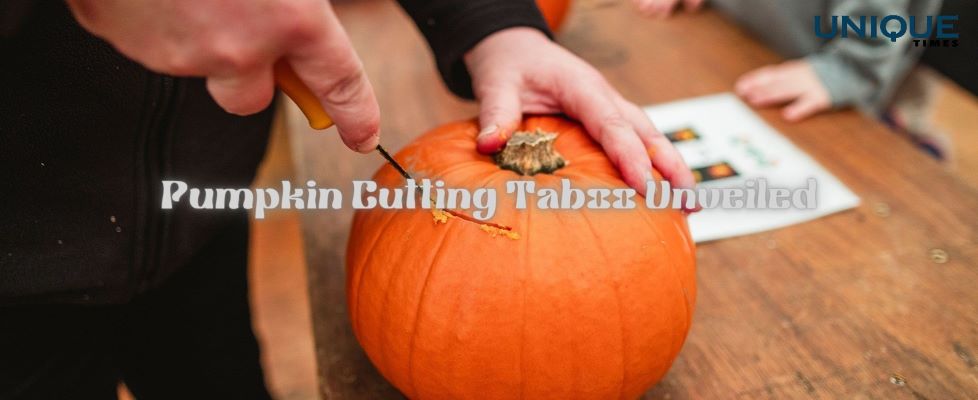Unraveling the Myth: Understanding the Taboo of Women Cutting Pumpkins

Across various cultures and communities, there exist longstanding myths and traditions that dictate specific roles and behaviors for men and women. One such perplexing tradition revolves around the belief that women should not cut pumpkins. This seemingly bizarre prohibition has been upheld in certain societies for generations. Let’s delve into the origins of this practice and explore the cultural and historical contexts that have contributed to this unique taboo.
Cultural Beliefs and Superstitions
The restriction on women cutting pumpkins is often tied to deep-rooted cultural beliefs and superstitions. In some cultures, the pumpkin is considered a symbol of fertility and abundance. Therefore, there is a prevailing notion that women should not interfere with the act of cutting or slicing this vital symbol of sustenance to ensure the continuity of prosperity and fertility.
Historical Gender Roles
The taboo can also be traced back to historical gender roles, where specific tasks were assigned based on societal norms and expectations. In certain communities, food preparation and cooking were traditionally viewed as women’s responsibilities, and cutting pumpkins was considered a significant aspect of this role. This led to the establishment of norms that restricted men from partaking in these activities, further reinforcing the taboo.
Symbolism and Mythology
In some cultures, the pumpkin holds symbolic significance beyond its culinary use. It is associated with various religious ceremonies, festivals, and rituals. The act of cutting or slicing the pumpkin might be perceived as a disruption of these sacred customs, thus leading to the propagation of the belief that women should refrain from this task to maintain the sanctity of the ritual.
Misinterpretation and Misconceptions
Over time, the original reasons behind the prohibition might have been misconstrued or lost, leading to a perpetuation of the tradition without a clear understanding of its origins. As generations pass, the practice continues, often upheld more out of habit and adherence to cultural norms rather than a conscious understanding of its initial purpose.
Changing Perspectives and Modernization
With the advancement of society and changing perspectives on gender roles, many communities are reevaluating these traditional beliefs. Efforts are being made to challenge such taboos and promote gender equality, encouraging both men and women to participate in all aspects of life without restrictions based on archaic customs.
Conclusion
The taboo surrounding women cutting pumpkins reflects the intricate interplay of cultural beliefs, historical gender roles, and symbolic significance. While the origins of this tradition might remain shrouded in mystery, the evolving societal landscape calls for a critical examination of such practices. By fostering open dialogue and promoting inclusivity, communities can embrace progressive attitudes that celebrate diversity and equality, paving the way for a more inclusive and egalitarian future.
Picture Courtesy: Google/images are subject to copyright








